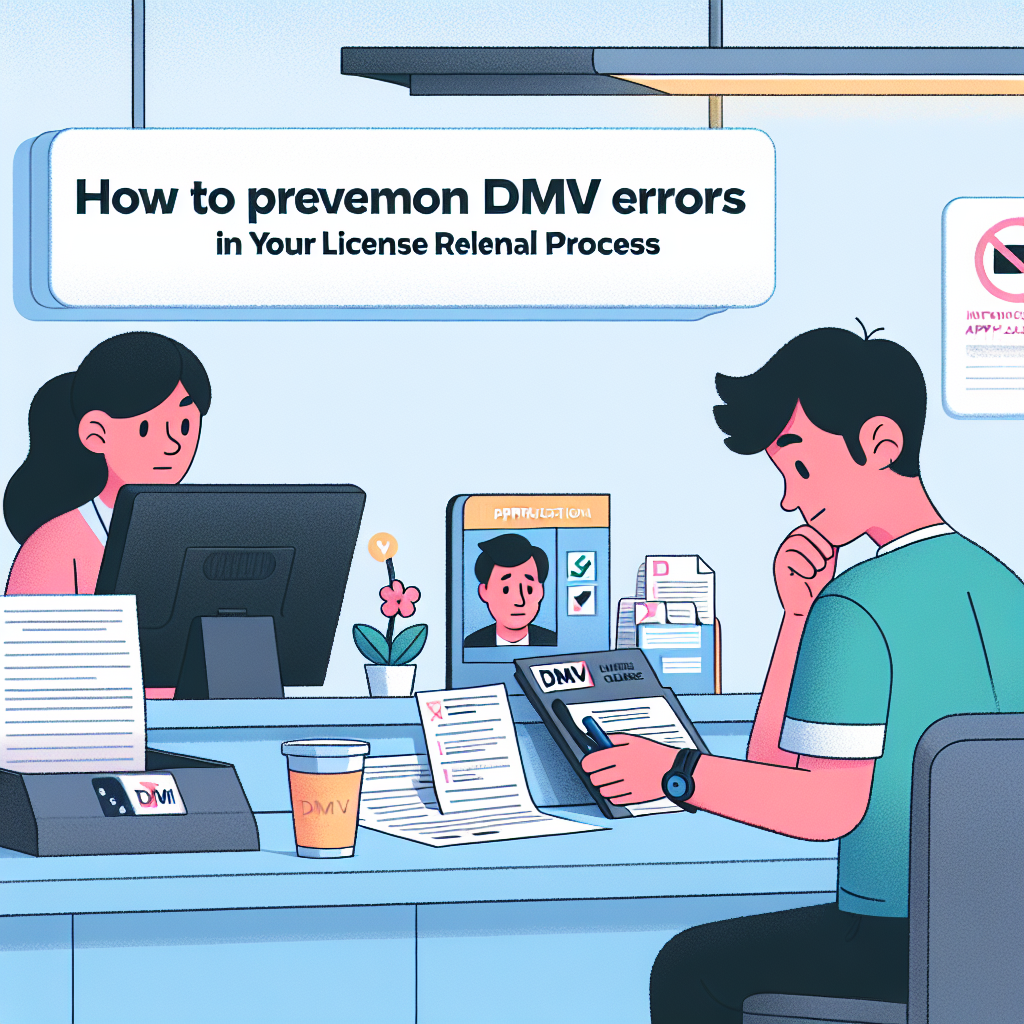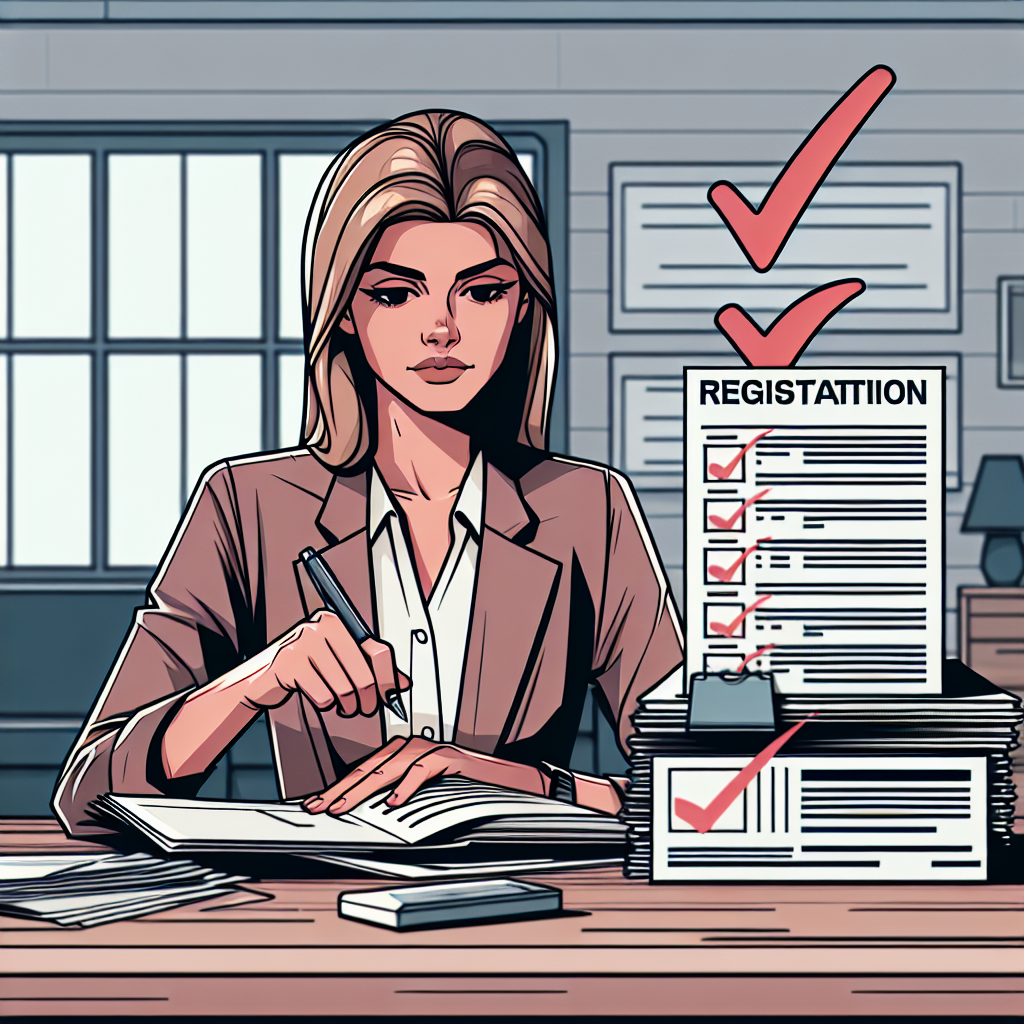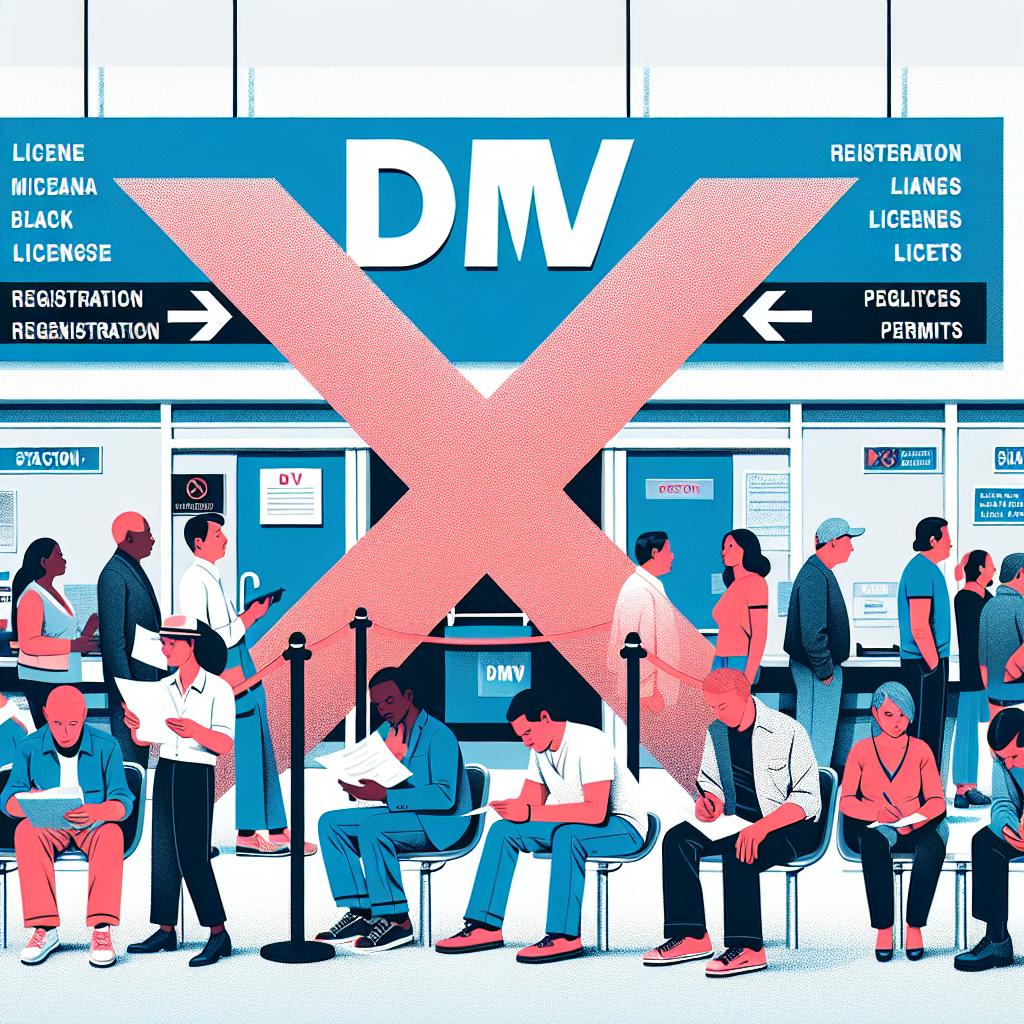Introduction
Renewing your driver’s license doesn’t have to be scary. A simple license renewal process can save you time, help you avoid stress, and keep you driving legally. But sometimes, mistakes can mess up this easy process. In this blog post, we’ll talk about these mistakes and how to stop them, so your license renewal goes smoothly.
Understanding the License Renewal Process
Renewing your driver’s license usually involves a few steps: filling out a form, checking your personal info, and giving the right documents, all before the deadline. Each step needs you to pay attention because even a small mistake can cause big delays.
Common DMV Mistakes in License Renewal
To make your renewal process better, know these common mistakes people make:
1. Incomplete Application Forms
One mistake is turning in forms that aren’t done, which can slow down the process. Fill in all the parts carefully. Check your form before sending it in to make sure you didn’t forget anything.
2. Wrong Personal Information
You need to give the right personal info, like your name, address, and contact details. If anything has changed, update it to avoid problems.
3. Document Errors
Every renewal needs certain documents. Mistakes include missing documents or using old ones. Make sure you have everything ready, like proof of who you are and where you live, before you start.
4. Missing Renewal Deadlines
If you renew your license after it expires, you might get fines and extra steps to do. Keep track of when it runs out and set reminders to renew it early.
Steps to Avoid Mistakes
Taking these steps can help you avoid problems later:
1. Use Online Resources
Many DMVs have online services, which are easier than going in person. Use these for a faster renewal. Good websites can give you all the info you need.
2. Verify Before Submitting
Go through your form and papers carefully before sending them. Checking everything can help you fix mistakes early and make things smoother.
3. Talk to DMV Staff
If you’re unsure, ask DMV staff for help. You can call them or visit a DMV office to get things clarified and avoid future mistakes.
What to Do If You Make a Mistake
Mistakes can happen, even if you’re careful. If you run into a mistake during your renewal, act quickly to fix it. Contact your DMV for help and ask what steps you need to take next.
Conclusion
Stopping common DMV mistakes is key to an easy renewal process. By being careful and prepared, using resources, checking your forms, and asking staff questions, you can make your renewal go smoothly.
Call to Action
If you’ve been struggling with your driver’s license renewal, why not take a step ahead? Visit our Tags Clinic at
3845 University Ave, San Diego, CAor call us at 619-777-9046. Let’s make your renewal process smoother and hassle-free. Check out more about us on our website Tags Clinic.









